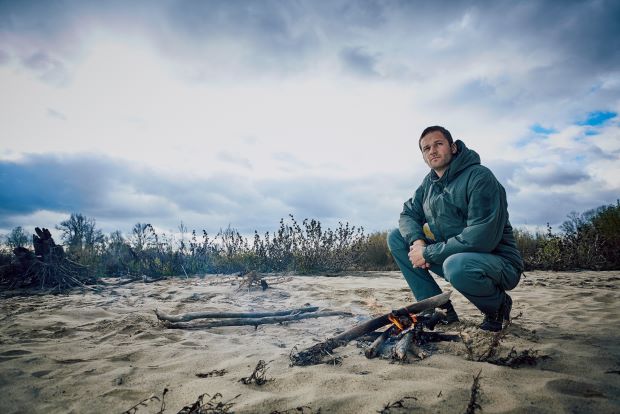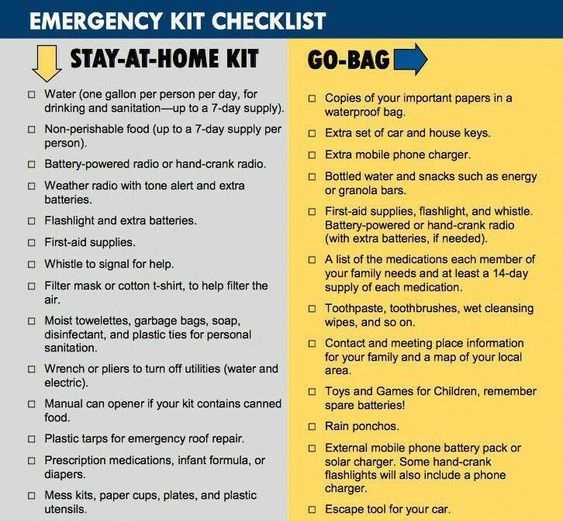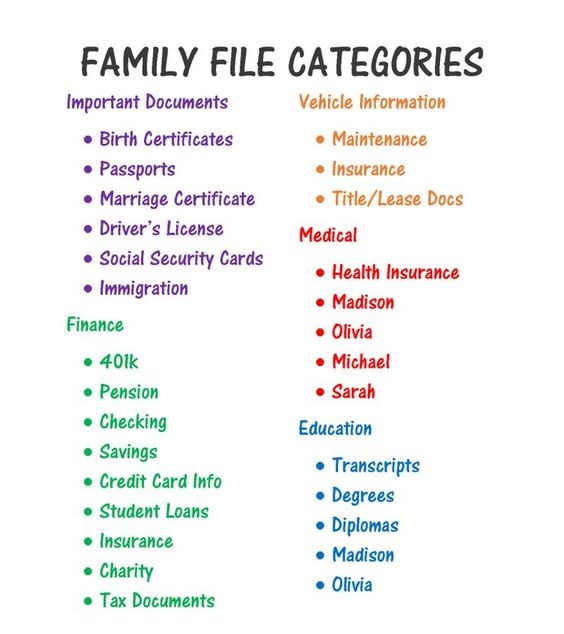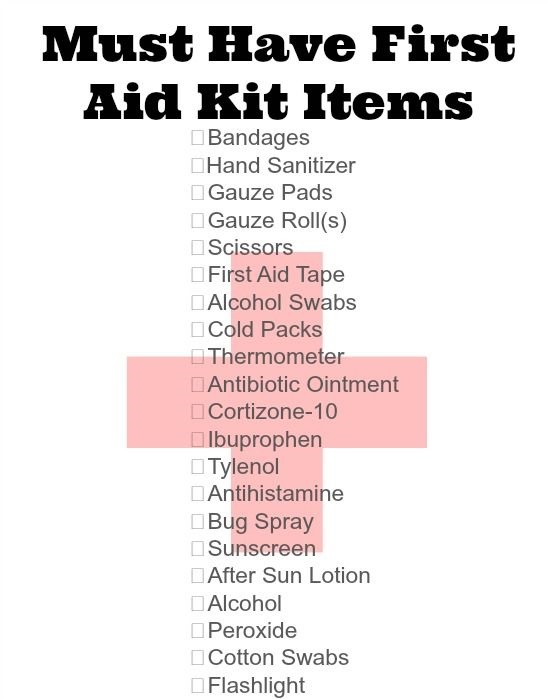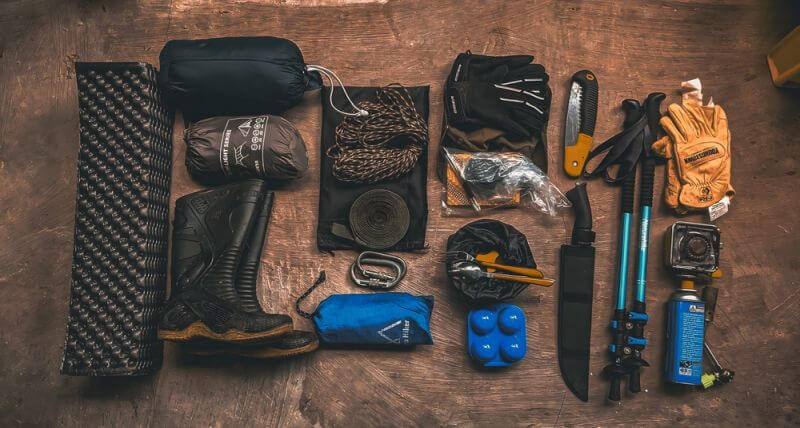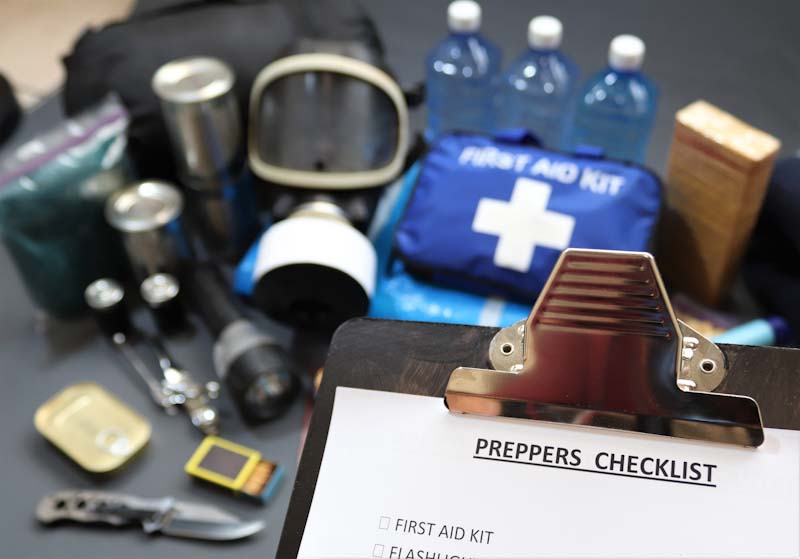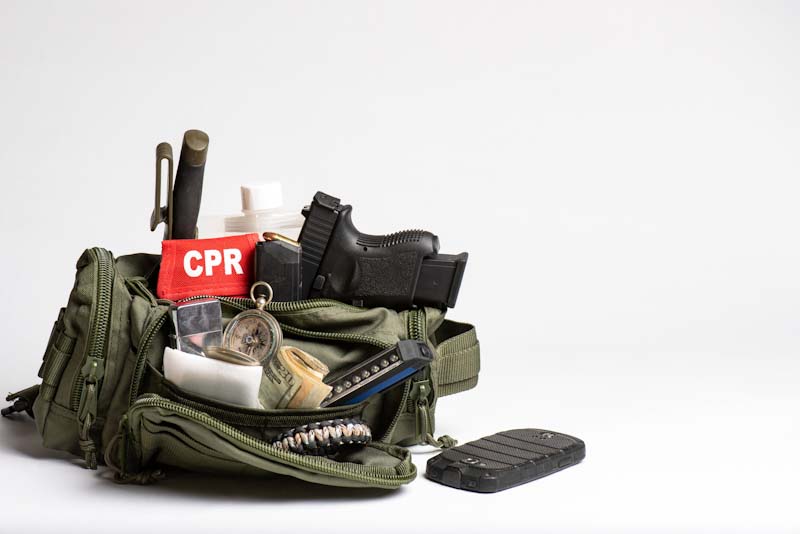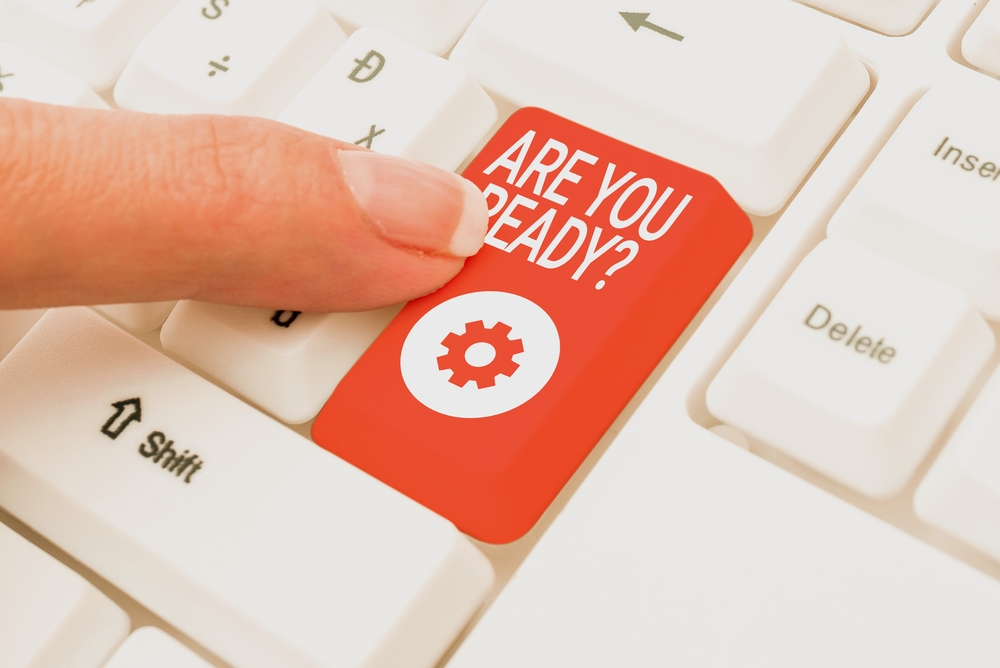For our ancestors, general preparedness was nothing more than daily life and not a SHTF-driven activity like it is today.
They did most things by themselves with little to no help in order to survive and thrive. Nowadays it seems that preparedness is classified as something extreme by mainstream society.
This happens because most people have no idea of what being prepared means actually. They always go and look at the extremes of this lifestyle and classify every prepper as a conspiracy nut job or fearful person.
Even if we are the crazies, you often see people running around and asking for help when a natural disaster occurs. They ask for handouts, and they turn violent when the authorities can’t or won’t help them. It looks like most of these folks fail to see the big picture.
History has shown us that the government simply doesn’t have the capacity and a proper preparedness plan for them. What it does have; however, it’s a general plan for the masses. This means that most people (including you, the reader) might not be amongst the lucky ones to get that needed help. If you want to have a fighting chance, you need to prepare yourself for any type of disaster you believe the future may throw at you.
I’ve said it before, and I can’t stress this enough, when it comes to emergency preparedness, a little common sense can go a long way. Even the most basic preparations you make can change the outcome of almost any crisis scenario you may think of.
Even so, common sense is not always enough for people, and many people will end up asking when does all of this emergency preparedness stop?
Since the answer to this question may vary from one person to another, the answer I personally provide is always the same: when you consider yourselves being self-sufficient and you no longer depend on others for providing the basics (but also the comforts) you need to live a full life.
This article aims to teach people about the various levels of preparedness, and it will provide some clear answers to those new to the game. We can classify it as one of the need-to-know basics of emergency preparedness. You will learn the four levels of preparedness so that you can select which one is right for you and your family.
Before we go further, I think we should make clear from the start that emergency preparedness is not a big mix of everything as some would want you to believe. Not everything can be bought or stockpiled, and it takes a long time to achieve a level of self-sufficiency that will help you survive no matter what.
Levels of preparedness
Level 1
This is the level of preparedness that is designed for minor disasters, and oftentimes, the duration of the event is no longer than two weeks. We can include here severe weather type events, or for example, a regional blackout.
Ice storms, floods, heavy snow are all filed under this category. These events disturb the normal functioning of high public targets, such as utilities, hospitals, fire and police stations, etc.
During this level, the main priority is to keep up first responders and hospitals, and most resources will be focused on those ends. Your household will have to wait until those services function as they will do on a daily basis. Until that happens and help will be heading your way, you will be on your own.
To survive for almost two weeks without electricity or water, you will need to have a good amount of supplies. The best thing, if we can call it that, about this level of preparedness is that you may already have some of the items in your home.
Even so, here is a shortlist of things you should need for level 1:
- A source heat like a fireplace or kerosene heater and enough fuel to last for the specified time frame. Here the options may also vary, and you can have a heat source and fuel that you may seem fit for your situation.
- A proper first aid kit. Although this is mandatory for every household, you should make sure that the store-bought generic first aid kit covers all your needs. There might be things you need that such kits cannot offer.
- Medicine that you may need (having one month ahead of medicine is always a good practice).
- A significant supply of water. This is mandatory for the non-preppers since they will not realize the need or have the know-how to ration water. Even if you find yourself in this category, you should understand that you can gather a good amount of water from within your home or outside of it (water pipes, rainfall, snow, etc.).
- Easy to prepare food such as canned goods. These work great, and in general, everything that doesn’t require extensive cooking will work just as well.
- Candles or solar lamps. In general, a light-producing source that requires no power or can be powered easily with the available means.
- Battery operated radio and devices that can help you find out what’s going on and what you should expect. Staying up to date will help you decide if it’s time to evacuate and reach out for help.
Level 2
This level of preparedness can usually last a month or so, and here we have all sorts of events that will disrupt or break the supply chain. For example, a hurricane or a massive flood will cause road damage over vast areas, and certain regions will become isolated from the rest of the world.
The supply trucks will stop coming until the roads are cleared. The same goes if a blackout or gas crisis occurs. The items you need won’t be delivered anymore, and you have to work things out for yourself.
This level of preparedness requires the same things from level one. However, you will need to scale it up and to be one the safe side, you should have twice as much.
Here is what you should have in addition to the items listed for level 1:
- Having a generator is a must for this preparedness level, and the good news is that you have many models from which to choose. You can even get one generator that can power the entire house if fuel is no problem. To handle your light and lower energy needs I advise you to get a smaller one (even solar-based). You have to really think this through and get something that covers all your needs based on the equipment you have and the fuel you can obtain.
- To protect your home and keep your loved ones safe, you will need defensive weapons. After two weeks, people will start to panic and chaos will set in as they become more and more desperate. If you are one of the folks that covered every need, you will attract people, and you need to make sure you can defend yourself from the ones that want your stuff.
- A means of cooking, a propane camp-style stove, or a Dutch oven are good choices because they offer many possibilities to cook your food. Eating only canned, cold goods for 30 days is not a pleasant experience, and it can create food fatigue.
- Since water gathering will become a major activity, you will need various methods to purify the water you manage to collect. Here you have many choices, and items such as the lifestraw filters or water purifying tablets are a good start.
- Sanitation will become tricky as time goes by, and you will need to stay clean if you want to maintain good health. Universal soap, wet napkins and learning how to make your own cleaning solutions are your primary choices.
The events we covered in the first two levels of preparedness are becoming more common than ever, and chances are that every American will experience something similar in their lifetime. The best thing you can do is to prepare for them and learn from the experience to improve your prepping plans.
Level 3
This level includes events that many folks think won’t happen, and when it does, they will have a significant impact on their lives for three months or so.
A good example here would be Hurricane Dorian and the disaster it caused in the Bahamas. We can all see the aftermath of such a catastrophe and how it changes the lives of people. You may have forgotten about it since the media has shifted its attention to something else, but for those people, the ordeal is not over.
Besides what you have prepared for level 1 and 2, it is recommended to have the following:
- To stay updated and communicate with people from outside the affected region, you will need a two-way communication equipment. Staying in contact with regular folks will help you get the unfiltered info. A HAM radio is the number one choice for most of us since it’s the most useful item that can keep you inform when authorities are trying to keep you in the dark.
- By now, you should have a network of people that can help protect the neighborhood and keep things under control. There will always be trouble makers, and you need strength in numbers. If someone starts acting up and you want to protect yourself, when the army interferes to “maintain order” you will all be seen as possible threats. Know your neighbors and know what you should expect from them.
- Barter items are also a must-have, and chances are you may already have some in your stockpile without even knowing it. Think about what your neighbors would need and have a large enough supply that will allow a fair trade with them. Everything from vice items to batteries will worth trading.
- A major problem will become waste disposal and sanitation in general. You need to learn how to discard waste without attracting unwanted attention and without contaminating the local water sources or crops. Digging a latrine may work until some point, and you have to figure out what other options you have.
Keep in mind that during a level 3 event, in theory, there should be some form of government that will provide assistance (like FEMA). They should come and help, and they will usually deliver food, water, and other items.
Don’t miss the opportunity to resupply your stocks, no matter how well-prepared you are. Taking supplies from the authorities will help stretch yours, and even more, it will make you look like one of the crowd, one of the helpless ones.
Level 4
This is the extreme part we were talking at the beginning of this article, the type of events that people tend to believe we are all prepping for. Regardless of the general opinion, a level 4 event is something that can last a year or so before it starts to unwind. Such development has a turning point that settles the fate of the affected. Chances are, things might not turn to the way they were before the event and it depends on the effects the events caused.
Such an event could be an economic collapse (like it happened in Venezuela and it’s still happening) or war with other nations (not necessarily a new world war). In this scenario, help is certainly not coming, and any remaining form of government that is still functioning will concentrate all the resources on defending the country.
You can imagine that in such scenarios, urban environments will become death traps and once the resources are cannibalized, the remaining survivors will migrate to other regions. These types of events are creating what we call “domestic refugees” and there’s no way these refugees could be accommodated in other regions without creating conflicts.
If you plan to prepare for such an event, you should make plans to live in a location far away from densely populated areas. If having such living arrangements is not possible you should at least have a bug out location that can sustain you and yours for a long time. Focus your prepping efforts on your bug out location and make sure you have a bug-out strategy if you are forced to evacuate.
Here is what you need to have for level 4 preparedness:
- During this level of preparedness, food will become your major concern. You will need a seed bank as you will be forced to grow a garden to supplement your food supplies.
- Digging a well is another thing you need to consider since you will need constant access to a source of water. Hauling water from a nearby lake or river will not do it anymore since other survival tasks may require your full attention.
- A surplus of weapons and ammunition would also be needed. You will need weapons that can be used for both defensive and offensive purposes, but more importantly, you will use them for hunting.
- A heavy-duty or extensive first aid kit and a good supply of antibiotics. You will have to look into alternatives such as medicinal plants to make sure you cover all your medical needs.
- In a previous article, I’ve talked about the importance of knowing your region before SHTF. During a level four preparedness, it becomes mandatory to know everything about your region since it will help you forage for edible and medicinal plants, but also discover new hunting grounds.
- Keeping small livestock is a good step towards self-sufficiency, and learning how to manage and butcher them will make your life much more comfortable.
- Also, consider learning how to build a food production system that can be used to produce food all year round.
These are just a few of the needs for a level 4 event, and the list is far from being complete. As I said before, during such an event you will at some point have an idea if things will get back to normal or not. Your ultimate goal during that time is to become self-sufficient.
Concluding
The information provided in this article is an excellent starting point for every prepper that needs to find his way into emergency preparedness. The recommended preparations can be scaled based on the type of event that is most likely to occur in your area.
An emergency situation will always occur no matter what reassurances the authorities provide. They will happen regardless if you plan for them or not. Rather than waiting to see what will materialize, learn to preparer properly and find a way to stay in control.


